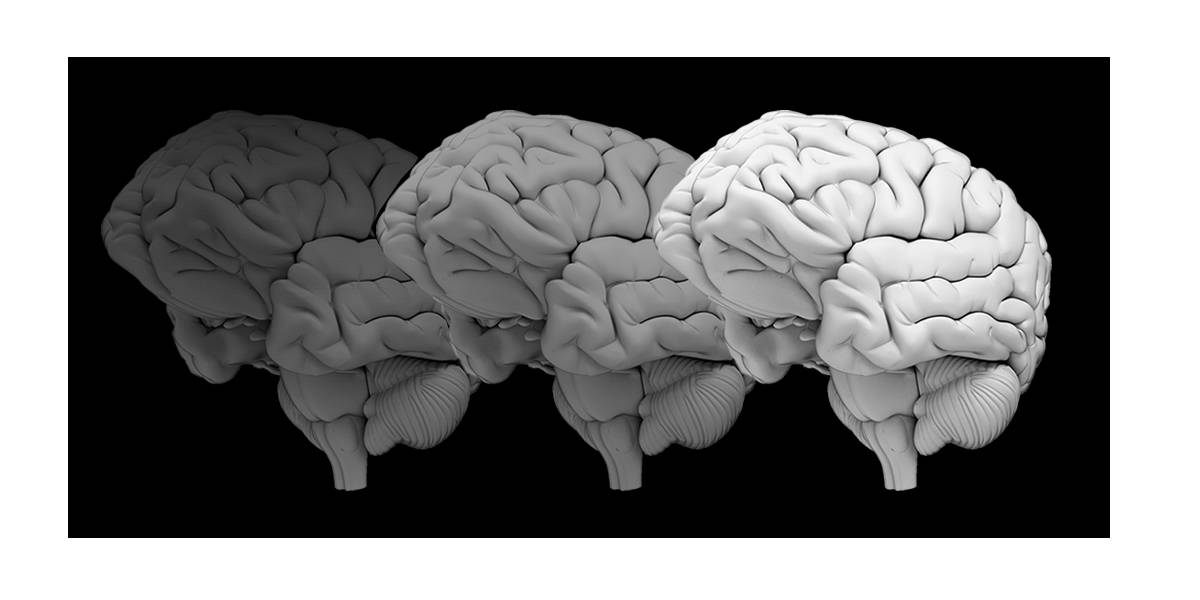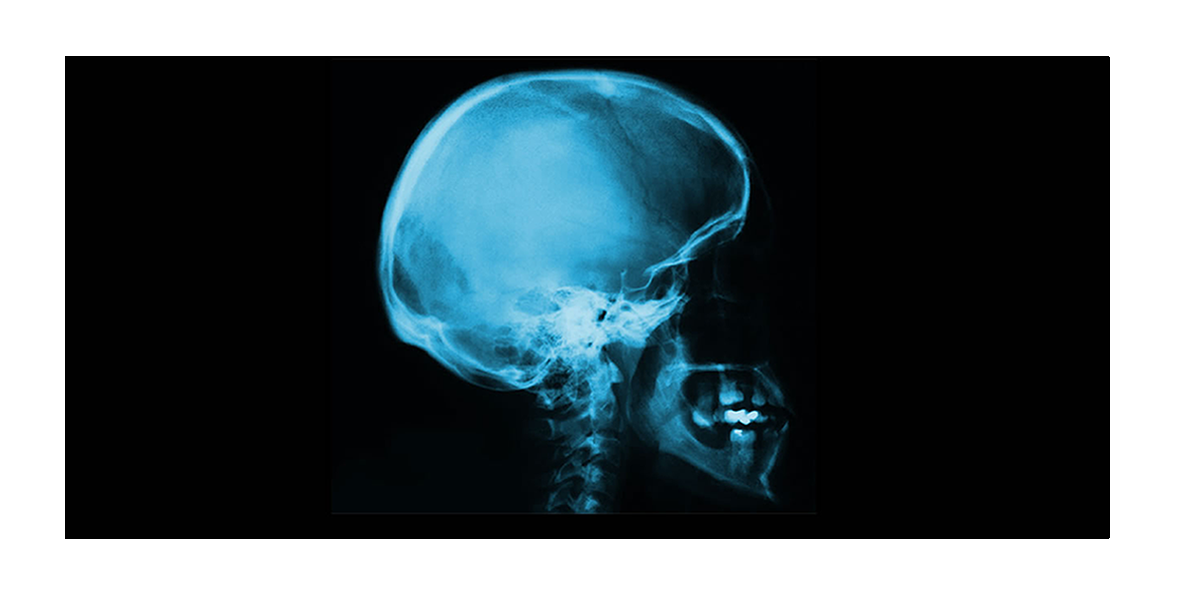Degenerative conditions, such as Multiple Sclerosis or Alzheimer’s, attack brain cells in various ways, not all of which are well understood. Unlike most traumatic brain injuries, where the damage is localized, most non-traumatic brain injuries (except tumors and local infections) are diffuse, with damage spread throughout the entire brain. In a non-traumatic injury nerve calls may die from the direct action of a toxic substance or through being starved of oxygen, glucose or the blood which supplies both of those substances.
Tumours, by taking up space, may restrict blood supply to other cells or may, through exerting physical pressure upon cells, squash them. Infectious substances may cause cell death through exerting pressure if the brain swells (encephalitis) or the tissue surrounding the brain swells (meningitis), or may kill cells through direct infection. Viral infections may result in diffuse injury which can manifest as fatigue disorders such as chronic fatigue syndrome.
Exceptions to this include tumours and an infection that remains localised or that spreads evenly from one starting point. This can make diagnosis difficult because small, scattered areas of damaged tissue may not show up on a CAT scan.
An MRI scan will usually show diffuse injury, but is not often used to the increased cost of the scan.
Some cognitive abilities, particularly short term memory, are commonly affected. Fatigue is also extremely common, due to the brain having to work harder to work around diffuse areas of injury.
© 2008 BIC






